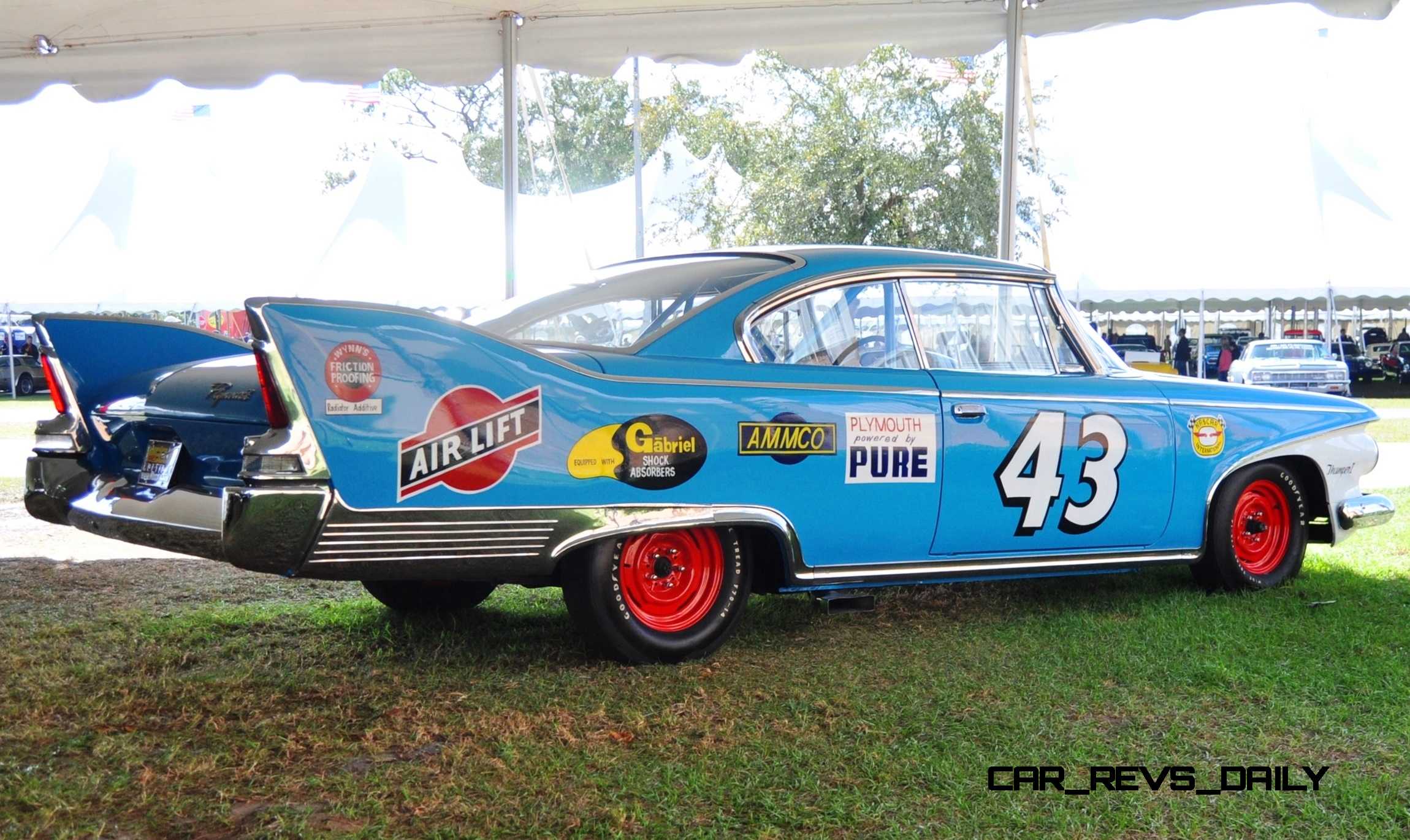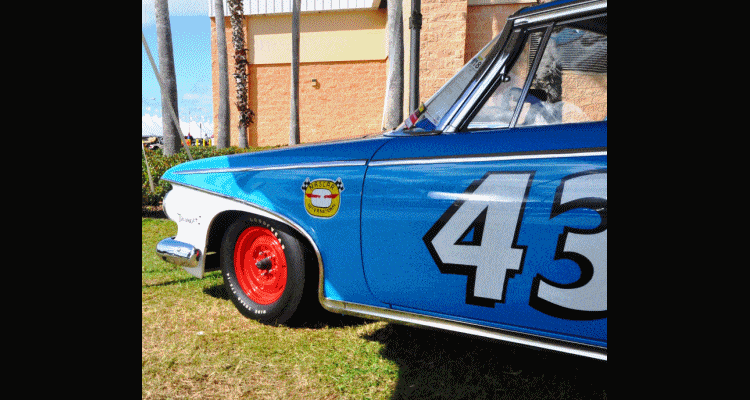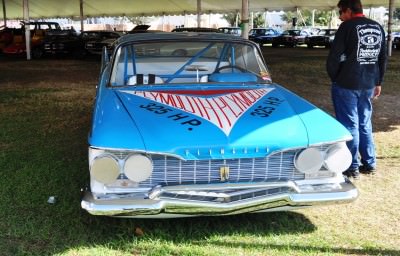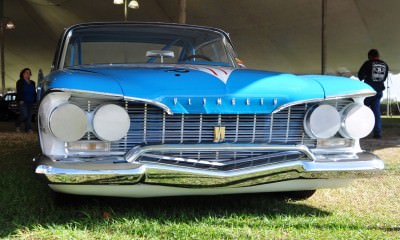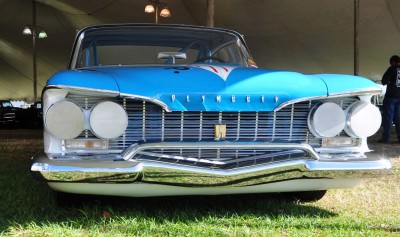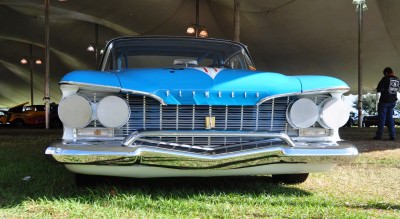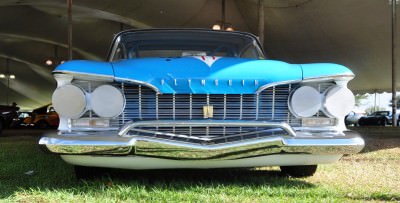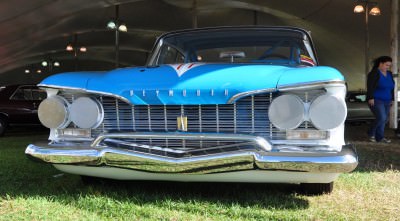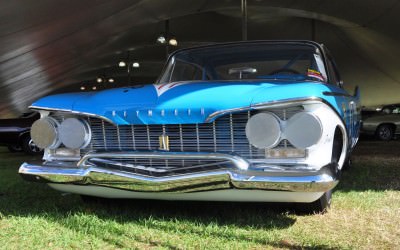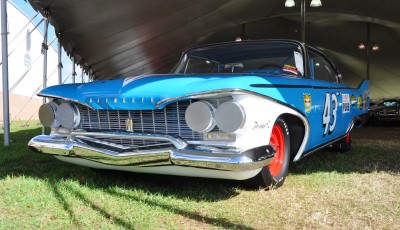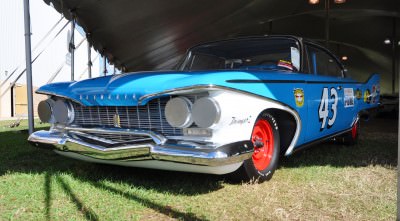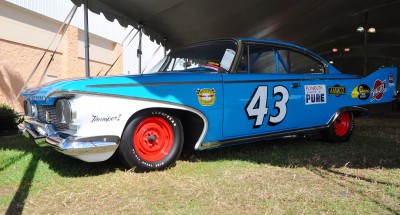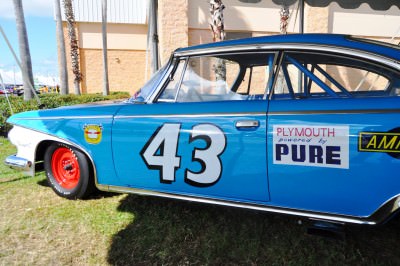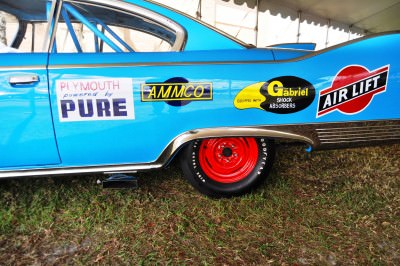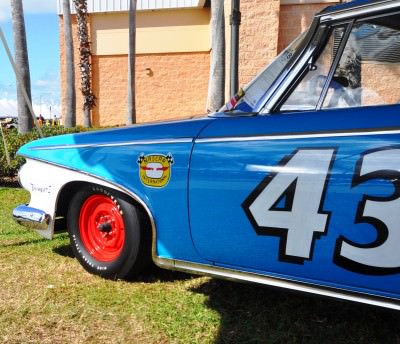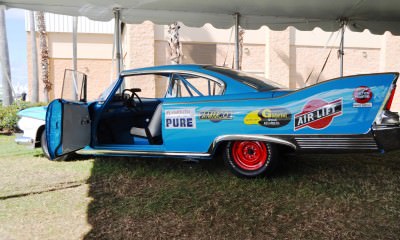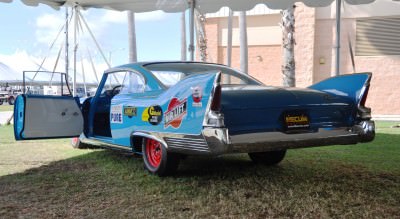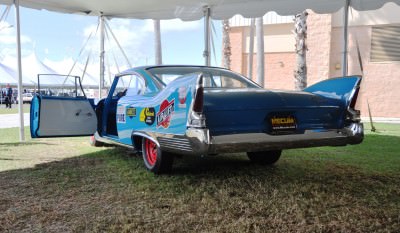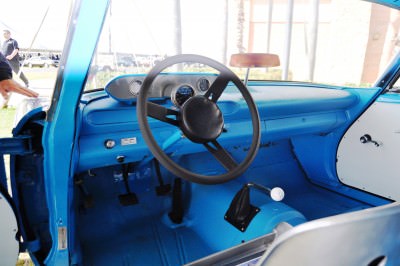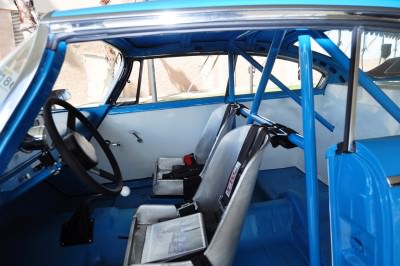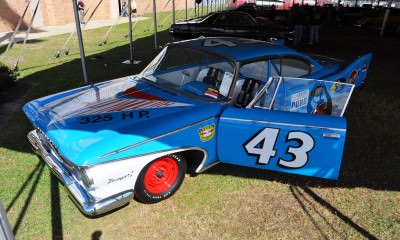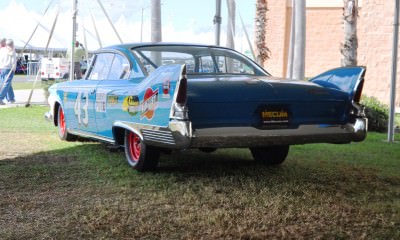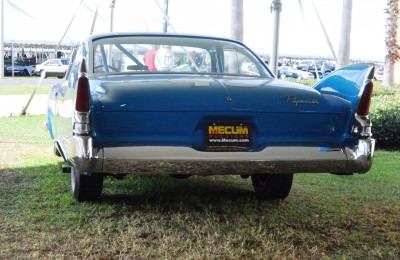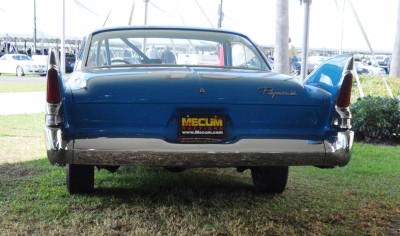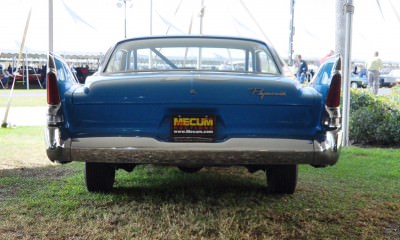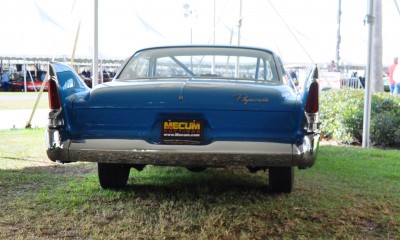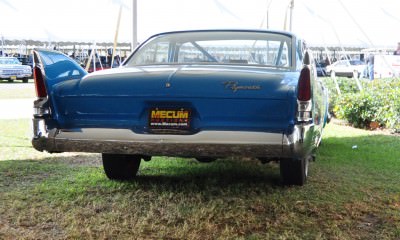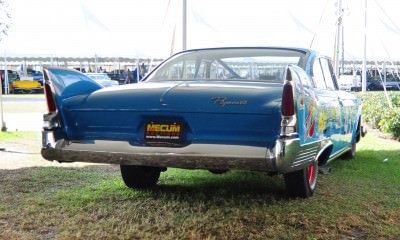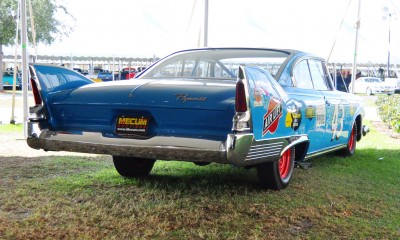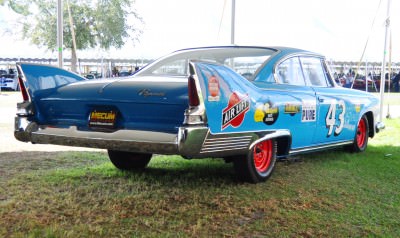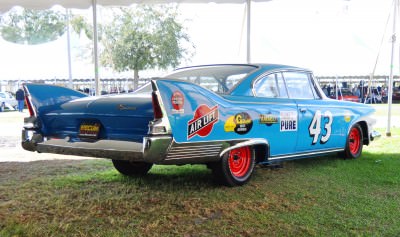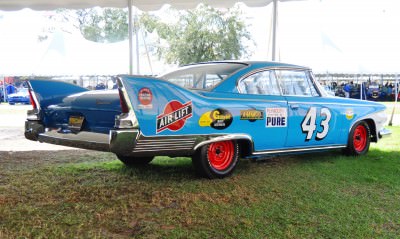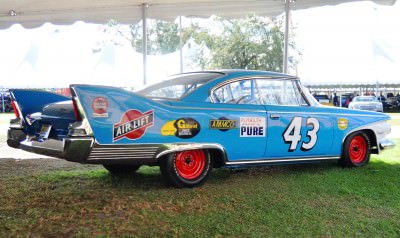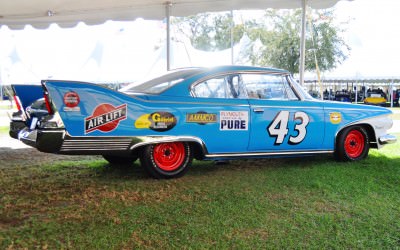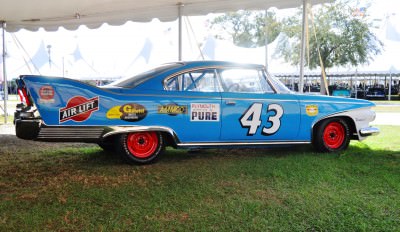Owning a classic car is a dream come true for many.
Whether you grew up watching Starsky and Hutch on TV, or you have fond memories of the Dukes of Hazzard, we all have a classic car-shaped hole in our heart.
All you have to do is to figure out which vehicle fills the void in your automotive love story. However, owning a vintage car doesn’t come without stress. After all, when you drive a vehicle that left the manufacturer several decades ago, it’s only natural to worry about performance, breakdowns and overall costs.
Hopefully, this short list of fears and tips for classic car owners can provide some much-needed guidance to handle the pressure.
You need to know what you’re buying
You have to be clear about your purchase. A vintage car is likely to come with issues that are related to the make and the model. Typically, you can find plenty of tips on dedicated forums, and platforms about specific car makes and years.
Additionally, buying a classic can be expensive if you are unsure of where to find the original parts for repairs. Indeed, vintage vehicles require a healthy balance of original parts or parts made to fit due to their unique build, as well as more standard components that can suit a variety of models.
Understanding what you need to change
There are, unfortunately, necessary repairs that you need to perform to keep the vehicle road-legal and safe.
Typically, classic cars can cone without a seat belt. While they are a legal requirement in modern vehicles, the law is lenient for classics. However, you and your passengers would be safer with the addition of belts.
Another common transformation that many vintage owners indulge in is to upgrade the wheels and tires to modern road standards. You can increase grip on the road as well as handling, which is likely to improve the overall performance of your vehicle.
Featuring the 1960 Plymouth Fury Nascar

CRD Auto Industry Insider may contain helpful and on-topic partner content that auto enthusiasts and car shoppers find valuable.

